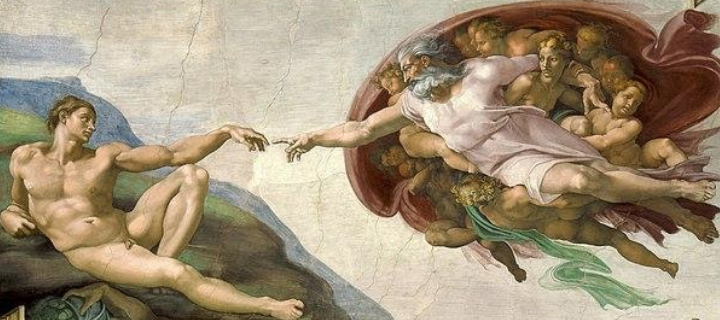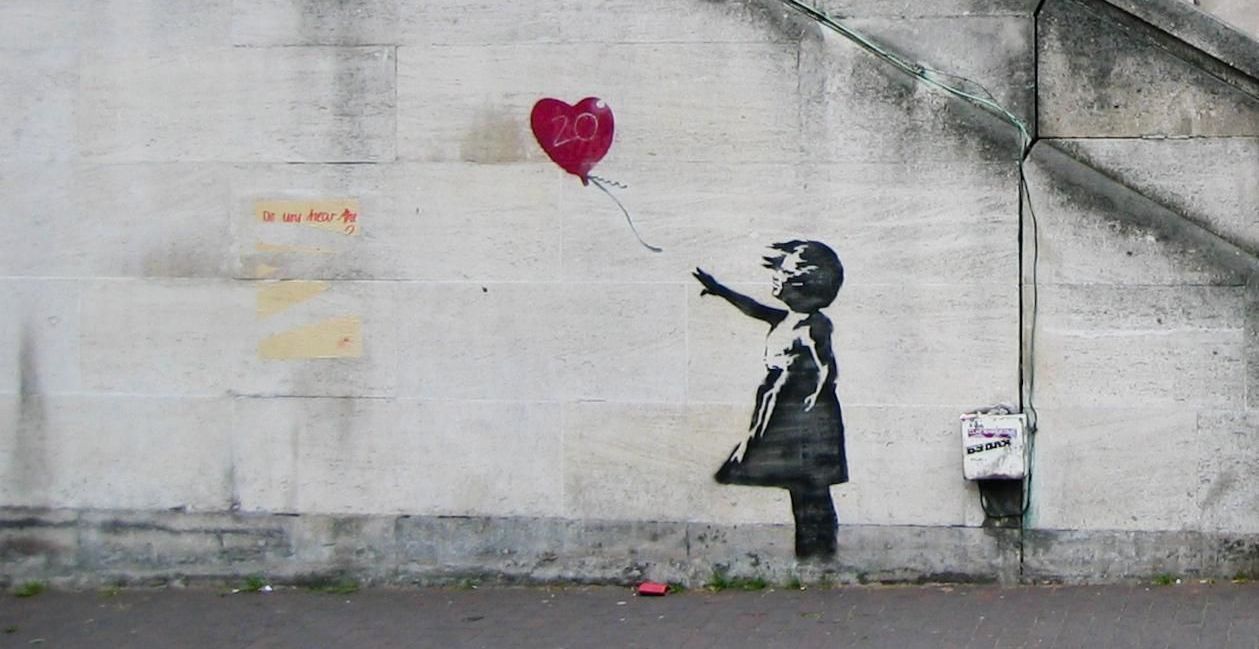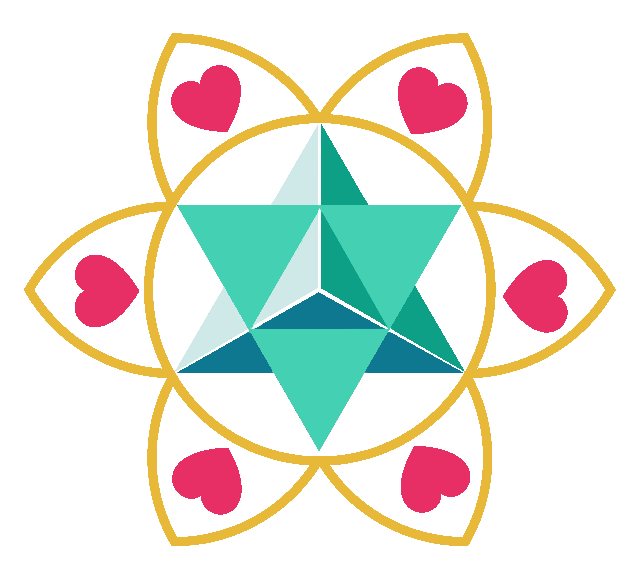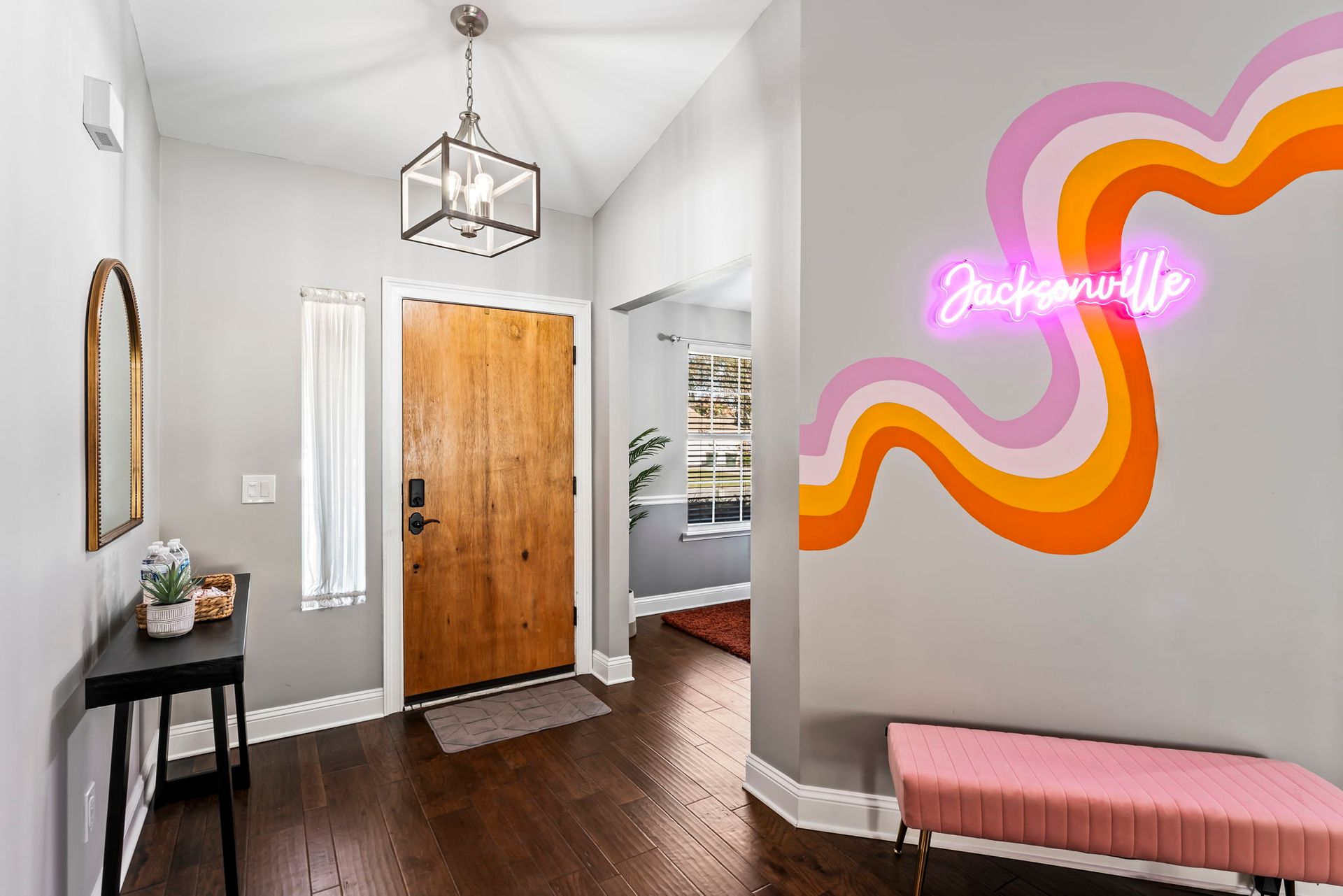A Short Sweet Mural History
What is a Mural?
A mural is a large piece of art created directly on walls, ceilings, or floors, blending artistic vision with architectural space. Whether gracing the interiors of buildings or becoming part of public outdoor displays, murals transform surfaces into storytelling canvases. They require a unique artistic expertise, incorporating the surrounding architecture to create a seamless fusion of art and structure.
👉 Explore how Heartspace Art integrates history into our custom murals by checking out our project, “The El Modelo”.

Tracing the Origins of Murals
Murals are among humanity's oldest art forms, with origins dating back to 30,000 BCE. The earliest known murals were found in France's Chauvet Cave, depicting animals and abstract forms that likely held spiritual or cultural significance. Over millennia, murals have reflected the social, political, and spiritual fabric of civilizations.
- Ancient Egypt (3150 BCE): Intricate wall paintings adorned tombs, telling stories of the afterlife and immortalizing pharaohs and gods.
- Pompeii (100 BCE – 79 CE): Roman frescoes in Pompeii preserved vibrant depictions of daily life, myth, and nature.
- Minoan Crete (1700 – 1600 BCE): Dynamic murals captured scenes of nature, religious rituals, and human activity.
The Renaissance: Murals Redefined
The Renaissance ushered in a golden age for murals, with Italian masters elevating the craft to new heights. The technique of fresco painting—applying pigment to wet plaster—allowed for vibrant, enduring works.
Famous examples include:
- Leonardo da Vinci’s “The Last Supper”: A masterpiece capturing a pivotal biblical moment.
- Michelangelo’s Sistine Chapel Ceiling: Depicting the story of Genesis, this work remains one of humanity's most iconic artistic achievements.
During this period, murals often reflected religious themes, funded by wealthy patrons like the Medicis or commissioned by the Catholic Church.

The Mexican Muralism Movement
Fast-forward to the 20th century, and murals became a tool for social and political commentary. The Mexican muralism movement, led by artists like Diego Rivera, David Siqueiros, and José Clemente Orozco, transformed public spaces into visual narratives of revolution, labor, and cultural identity.
- Rivera’s “Man, Controller of the Universe” combined influences from Cubism and traditional Mexican art with leftist political commentary.
- This movement's influence extended beyond Mexico, inspiring artists in the United States and Latin America.
👉 Discover how Heartspace Art celebrates diversity through public art, like our rainbow crosswalk project in Jacksonville, FL.
Community Murals and the Civil Rights Era
In the 1960s, the African American community mural movement emerged as an artistic response to the Civil Rights struggle. The movement celebrated Black identity, culture, and resilience.
- The “Wall of Respect” (Chicago): This collaborative mural honored African-American icons and sparked similar projects nationwide.
- Community murals became platforms for empowerment, amplifying the voices of marginalized communities and fostering a sense of collective ownership.
👉 Explore how Heartspace Art amplifies community voices through projects like Hearts4Minds & PAL murals.
Graffiti and Street Art: A New Frontier
The late 20th century witnessed the rise of graffiti and street art, redefining urban landscapes.
- Graffiti Origins: Starting as guerilla-style expressions in New York and Philadelphia, artists like Coco 144 and Lee 163d pioneered a movement blending calligraphy, vibrant color palettes, and bold tags.
- Street Art Evolution: Figures like
Banksy and
Shepard Fairey brought global attention to the medium, challenging perceptions of art and its role in society.

The Global Mural Movement Today
Today, murals have become a global phenomenon, thriving in cities like:
- New York, Chicago, and San Francisco: Longstanding hubs of urban art.
- Mexico City and São Paulo: Vibrant mural traditions rooted in cultural identity.
- Berlin, London, and Melbourne: Contemporary hotspots for innovative street art.
Murals continue to reflect the human experience, serving as beacons of creativity, resistance, and community. From ancient cave walls to urban high-rises, the tradition of writing on walls shows no signs of fading—it evolves, inspiring us to see art everywhere.
👉 Check out a time we created a lasting impact with art! “Bringing the Beach Home: A Heartfelt Mural for a Family Battling ALS”.
About Heartspace Art
At Heartspace Art, we honor this rich tradition by creating murals that celebrate culture, inspire connection, and transform spaces. Whether in Jacksonville, FL, or beyond, we carry the legacy of mural art into the future—one wall at a time.
👉 Interested in commissioning a mural?
Give us a call.
👉 Learn more about our recent projects in our
portfolio.


